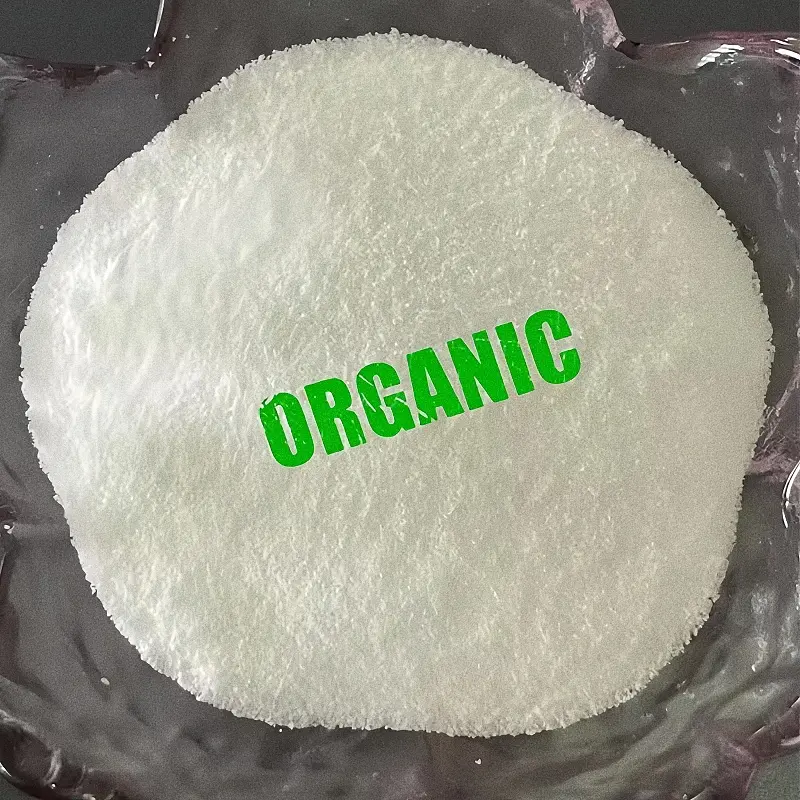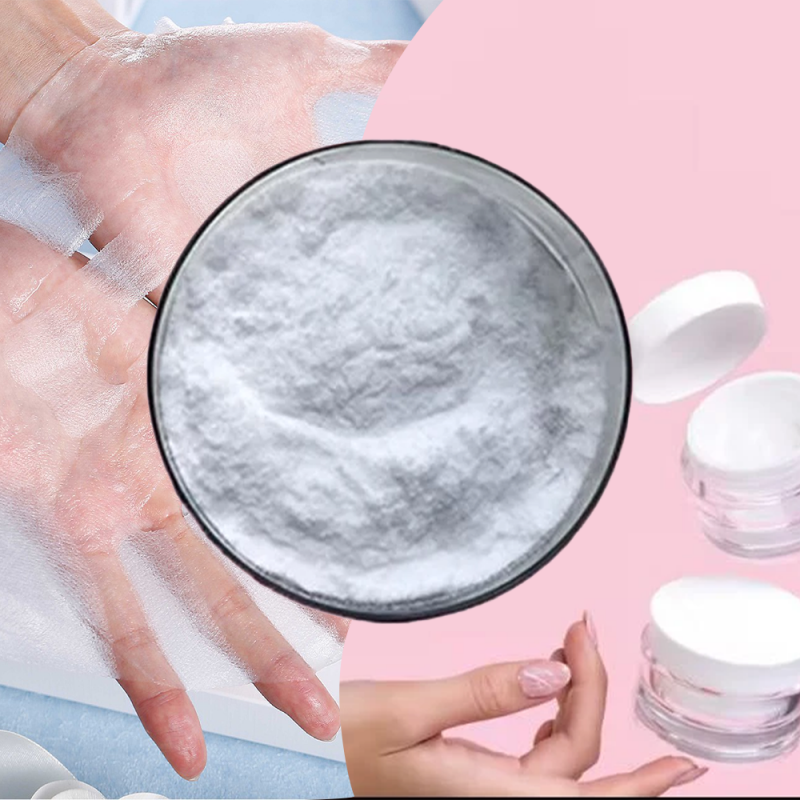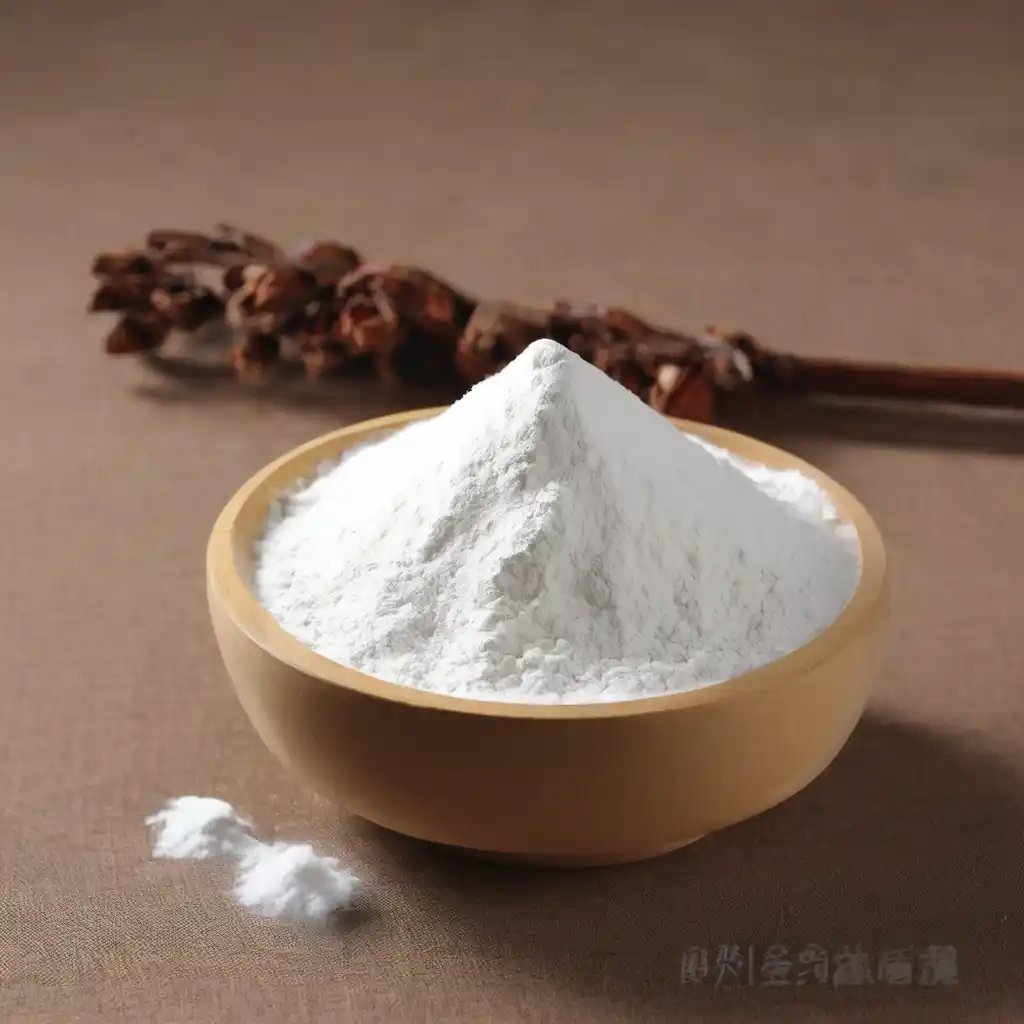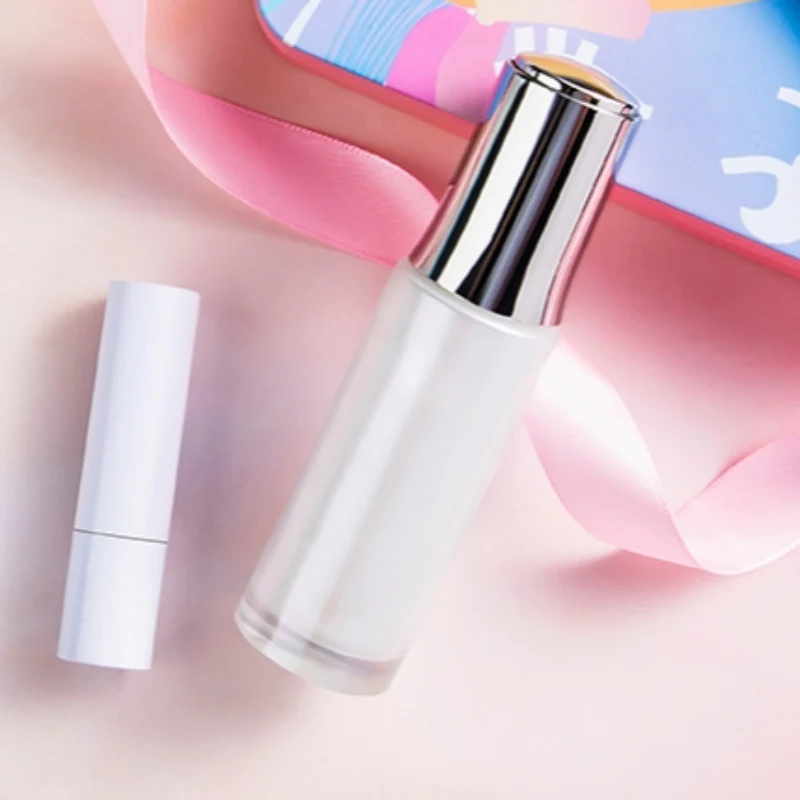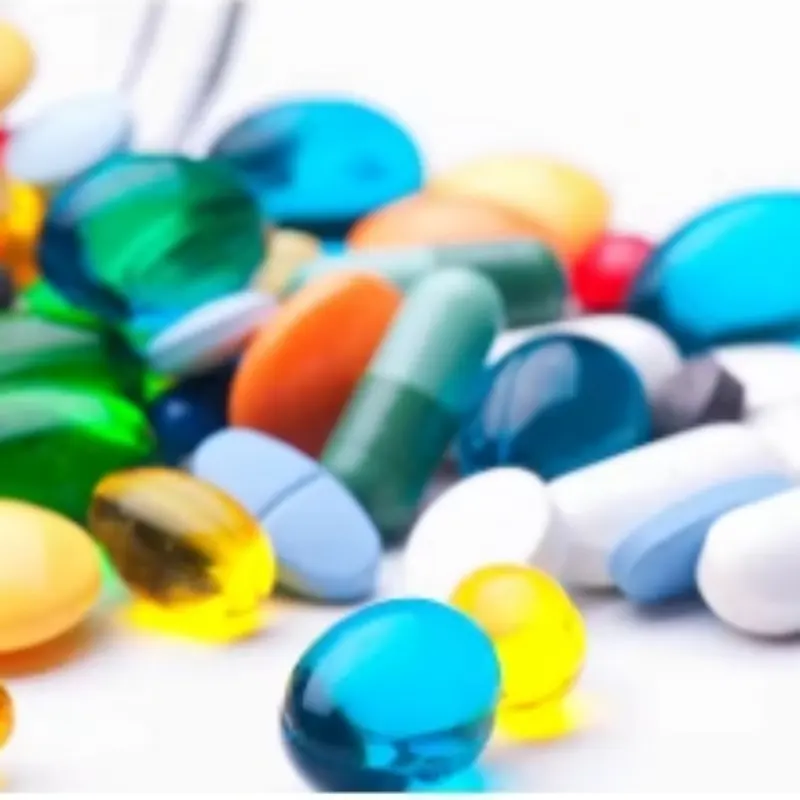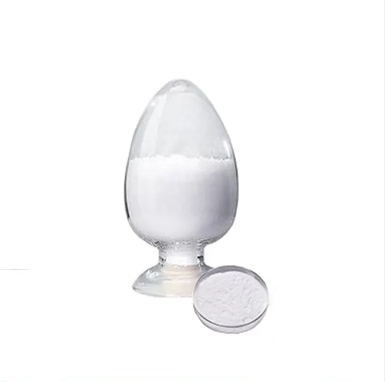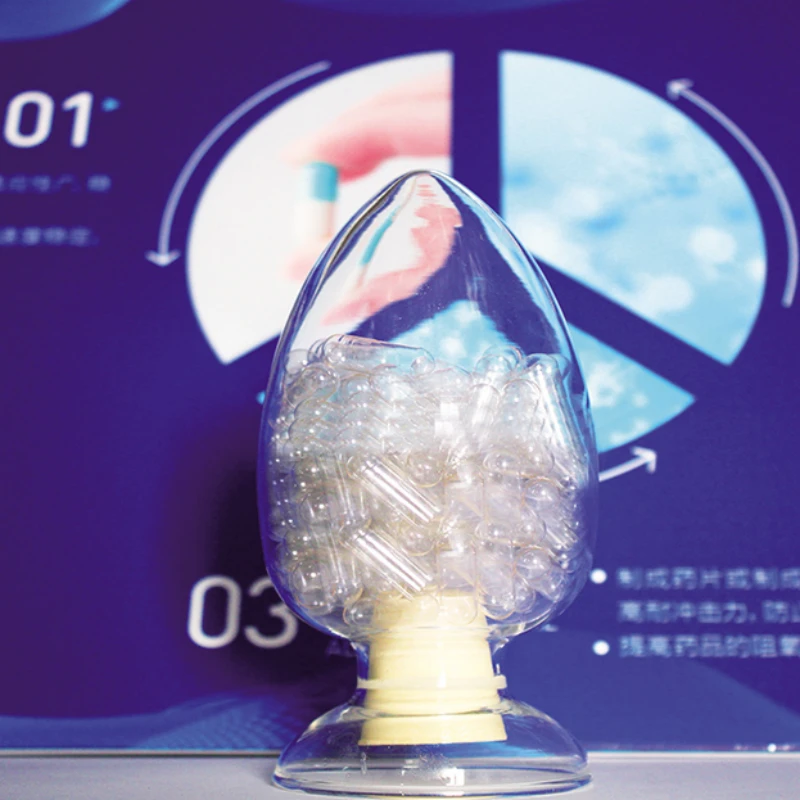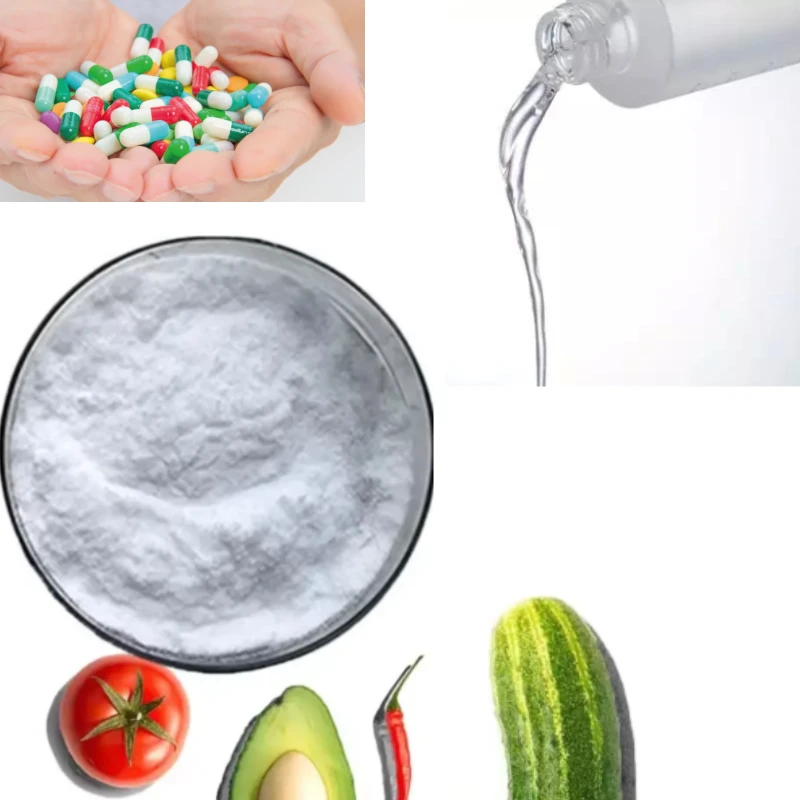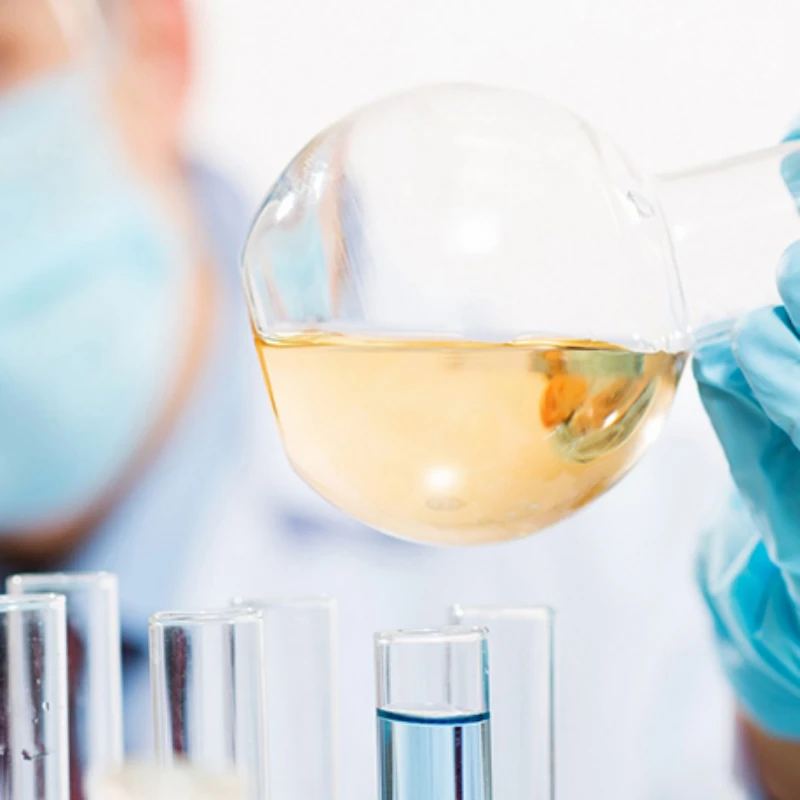Pullulan: everything you need to know
Pullulan polysaccharide is an extracellular water-soluble sticky polysaccharide fermented from corn as raw material, also known as breve polysaccharide, thriving polysaccharide, English name Pulullan,It is a special microbial polysaccharide discovered by R. Bauer in 1938. The polysaccharide is mainly composed of maltotriose linked by α-1, 6 glycosidic bonds. Due to the unique structure and properties of the polysaccharide, it has a wide range of application prospects in the pharmaceutical, food, petroleum, chemical and other industries. Because it can be degraded and utilized by microorganisms in nature and will not cause environmental pollution, it is known as pollution-free plastic. On May 19, 2006, the Ministry of Health of the People's Republic of China issued the No. 8 announcement, pullulan polysaccharide is one of the four new food additive products, which can be used as a film agent and thickener in candy, chocolate coating, diaphragm, compound seasoning and fruit and vegetable juice beverages.
CAS Number: 9057-2-7
Molecular formula (C37H62O30)n
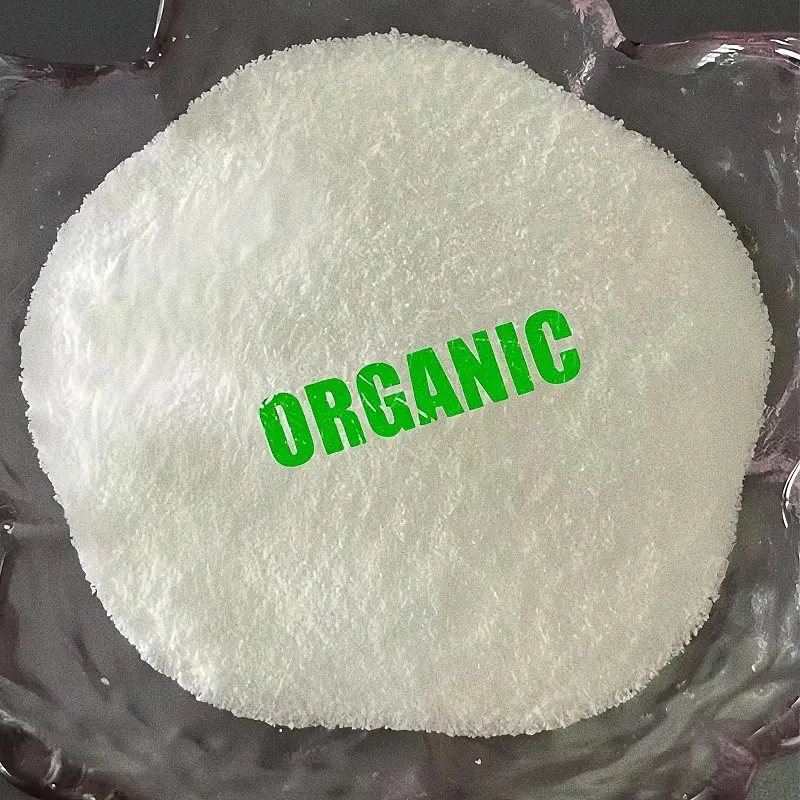
First, the production process
Here's the manufacturing process of Pullulan:
1. Corn: The process starts with corn. Corn contains starch, which is one of the raw materials for Pullulan.
2.Starch Extraction: The first step in manufacturing Pullulan is to extract starch from corn. This process involves grinding, soaking, and separation to obtain pure starch.
3.Starch Conversion: Next, the starch undergoes a series of conversion steps to convert it into glucose. This process typically involves the use of enzymes to hydrolyze the starch into smaller sugar molecules.
4.Bacterial Fermentation: The glucose solution is then fermented with a specific bacterium (typically Aureobasidium pullulans). This bacterium utilizes glucose and produces Pullulan as a metabolic byproduct.
5. Primary Extraction: After fermentation, Pullulan is mixed with other components in the fermentation broth. To extract Pullulan, the mixture undergoes primary processing, typically through filtration, centrifugation, or other separation techniques.
6.Rough Purification: The Pullulan obtained from primary extraction usually requires further rough purification to remove residual impurities and other components. This may involve various chemical and physical treatment methods such as precipitation, filtration, and washing.
7. Refined Purification: Following rough purification, Pullulan undergoes further refined processing to ensure its purity and quality meet requirements. This may include the use of specialized separation techniques or chemical treatments.
8.Drying: Finally, the purified Pullulan solution is dried to form a powder. The drying process typically involves techniques such as spray drying or vacuum drying to ensure uniform drying of Pullulan powder.
9.Pullulan Finished Product: The final product obtained is Pullulan powder, which can be packaged and distributed as needed for various applications such as food, pharmaceuticals, and cosmetics.
10.Please note that this translation may require further refinement based on specific technical terminology and context.
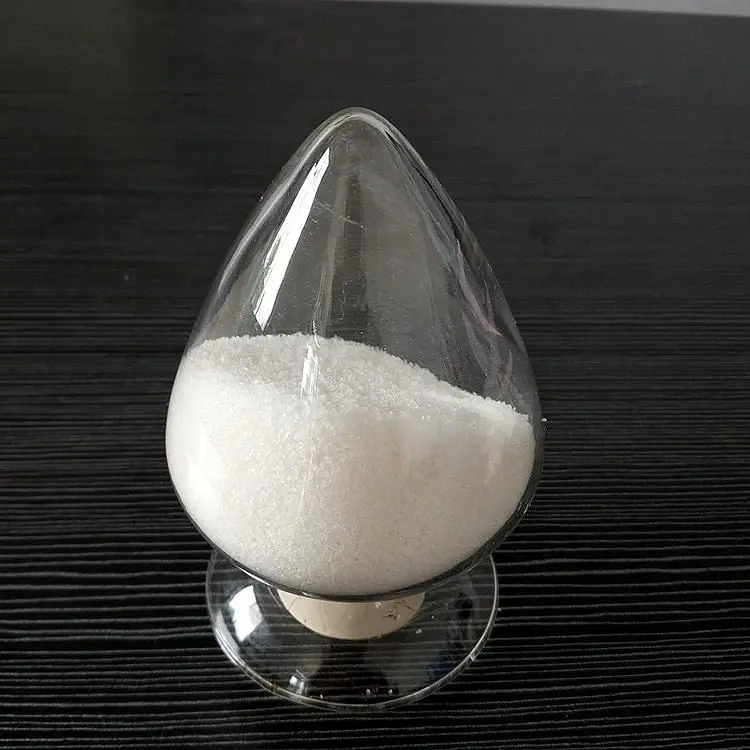
2. Properties of pullulan polysaccharides
Pullulan polysaccharide is a colorless, tasteless, odorless polymer substance, amorphous white powder, is a non-ionic, non-reducing polysaccharide, the properties can be manifested in the following aspects.
1.Non-toxic and safe
According to the results of the acute, subacute and chronic toxicity tests and variant origin tests of pullulan polysaccharides, even if the dosage of pullulan polysaccharides reaches the LD50 (semi-lethal dose) limit of 15g/kg, pullulan polysaccharides will not cause any biological toxicity and abnormal states, so it is very safe for use in the food and pharmaceutical industry.
2.solubility
Pullulan polysaccharide can be quickly dissolved in cold or warm water, and the dissolution rate is more than two times faster than that of carboxymethyl cellulose, sodium alginate, polypropylene alcohol, polyvinyl alcohol, etc., and the solution is neutral, non-ionizing, non-gelatinizing, and non-crystallizing. It can be miscible with water-soluble polymers such as carboxymethyl cellulose, sodium alginate and starch, and insoluble in organic solvents such as ethanol and chloroform. However, after esterification or etherification, its physical and chemical properties will change accordingly. According to the degree of displacement, it can be dissolved in water and organic solvents such as acetone, chloroform, ethanol and ethyl acetate.
3、Stability
The molecule of pullulan polysaccharide has a linear structure, so compared with other polysaccharides, pullulan aqueous solution has low viscosity and does not form colloids, making it a neutral solution with strong adhesion. It is not susceptible to pH or various salts, and maintains a stable viscosity especially for table salt. In addition, if the pH value is below 3 for a long time, it will partially decompose like other polysaccharides, resulting in a decrease in the viscosity of the solution.
4. Lubricity
Pullulan polysaccharide is a Newtonian fluid that has excellent lubricity despite its low viscosity. When used in food, it has a thickening effect (adding starch to thicken the juice when making soup and vegetables), and is most suitable for use in condiment sauces, flavorings and other products.
5.Adhesion, solidification
Pullulan polysaccharides have a very strong adhesion and are air-dried after spraying, stably bonding foods (especially dry foods). At the same time, it also has a strong coagulation power, and is most suitable for use as a binder when making tablets or granules.
6. Lamination
Pullulan polysaccharide has excellent film lamination and is easy to coat on the surface of food, metal, etc. At the same time, pullulan polysaccharide aqueous solution can be formed into a soluble water-like, five-color transparent and strong film. It has the characteristics of gas resistance, aromatic retention, oil resistance, electrical insulation, etc., and can be used to add luster and freshness to the surface of food.
7.Decomposition
According to the results of enzyme digestion tests in vivo or growth tests in mice, pullulan polysaccharides are the same as cellulose and agar, and are indigestible polysaccharides. Pullulan polysaccharides are close to non-decomposition within a few hours under the action of digestive enzymes in the uterus of animal digesters, and this low digestibility of pullulan polysaccharides can be used to make low-calorie special foods and beverages. On the other hand, pullulan is the same as starch in that it begins to decompose when it reaches about 250°C, after which it is carbonized and does not produce toxic gases and high heat when burned.
8. Improve physical properties and retain moisture
The addition of a small amount of pullulan polysaccharide is effective in improving physical properties and retaining moisture. It can be used to improve taste, improve quality, prevent aging and increase yield.
9. Formability and spinning
Only a certain amount of water is added to pullulan polysaccharides, heated and pressurized for molding, and spinning to process molded products or fibers with edible and water-soluble properties
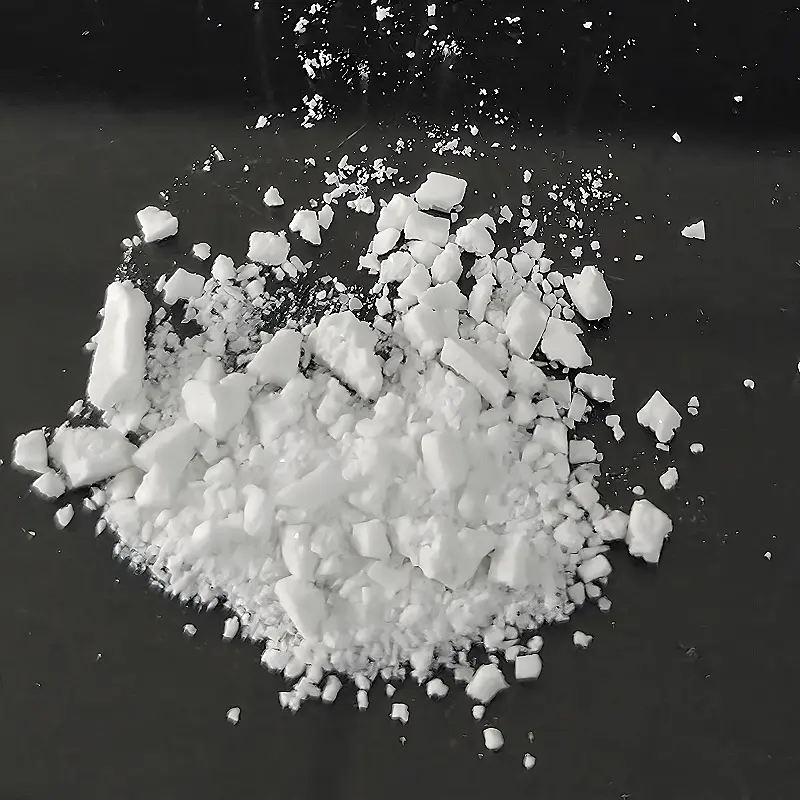
3. Application of pullulan polysaccharides
(1) Food additives
1. Food quality improver and thickener
Pullulan polysaccharide aqueous solution has a smooth and refreshing feeling, and has the effect of improving taste, so it can be used as a food quality improver and thickener.
The addition of small amounts of pullulan during food processing can significantly improve food quality, such as:
(1) In addition to being used for forming, the addition of some pullulan polysaccharides in pastries can also improve its flavor, and it is also used as an adhesion adjunct for peanut kernels, nuts, almonds, melon seeds, fruit materials, etc., which is firmly adhered and not easy to fall off.
(2) In high-grade tofu, pullulan polysaccharides, salt brine, gluconolactone, etc., maintain good surface gloss and soybean flavor, simplify the process and improve the quality of tofu.
(3) When making kamaboko, adding polysaccharides with a mass fraction of 0.1% can enhance the flavor and quality, enhance its strength, and maintain the original.
In chewing gum processing, the addition of 1%-4% pullulan polysaccharides can improve the taste, chewing time and aroma of the product. In the processing of sugar-free chewing gum, 4% pullulan polysaccharide is added, which can increase elongation and strength, no cracking, chewing, fragrant preservation, good taste and long shelf life.
(4) The esters formed by pullulan and higher fatty acids have better emulsifying effect than sucrose fatty acid esters and starch fatty acid esters, and can be used as an emulsifier to stabilize fats, and can be used in the production of ice cream to enhance its smooth performance, good flavor and good taste.
(5) In chocolate processing, pullulan polysaccharides are used, which have good formability, glossy and smooth surface, and excellent taste and flavor.
In fruit juice drinks, the use of pullulan polysaccharides can moderately increase the richness, smoothness, good dispersibility, and enhanced stability.
(6) Adding pullulan polysaccharides to high-salt foods can have a thickening effect, such as thickening and luster of soy sauce, condiments, boiled foods, and flooded vegetables, making their taste smoother and preventing them from leaving the pulp.
(7) Use pullulan sugar to make bags to package fried foods and fat-rich foods, which can prevent deterioration, moth, and preservation. Ham, ham sausage, quick-frozen food, etc. are packaged with pullulan or derivatives sprayed into film or pullulan film bags, which can be kept fresh and preservative, and the shelf life is increased by 4-5 times.
(8) Use pullulan polysaccharide as the wall material of microcapsules to microencapsulate seasonings and condiments to achieve the purpose of freshness and fragrance.
(9) Grains, noodles, noodles, etc. are easy to bond into clumps and adhesion walls during cooking and brewing heat treatment, and adding 0.0l%~l% pullulan sugar before processing can solve these problems well, providing good conditions for fermentation aeration and drying. It prevents sticking when heated and increases fill power.
(10) Use its film-forming properties and film-forming properties to be used as decorative additives on baked food to prevent cracking, shape retention, and increase surface gloss.
(11) Roasted minced fish products processed with pullulan can effectively maintain the shape, help to improve the adhesion and water-holding capacity of meat products, and can be dried to make crispy or semi-dry meat products for fast food.
2. Used as low-calorie food additives
Pullulan polysaccharide is a non-digestible and absorbable carbohydrate, which is not digested by human digestive enzymes, can be excreted from the body, and will not cause high blood pressure, heart disease, obesity, etc., is a healthy food material, which can be used as a low-calorie food additive to manufacture low-calorie food and beverages. For example, pullulan polysaccharides can be mixed with flour and amylose in appropriate proportions to make different flavors of artificial rice, macaroni, egg noodles, etc. The calories of food with pullulan sugar are half lower than that of ordinary products, and the appearance of food is not affected after adding pullulan sugar. As a low-calorie food additive, the application range of pullulan sugar will be further expanded.
3. Health food additives
When treating diabetes, insulin reactions often occur, which can be life-threatening in severe cases. Controlling the occurrence of insulin response is an important part of the diabetes treatment process. Foreign studies have found that adding a certain amount of pullulan with low relative molecular weight to the daily diet can significantly reduce the probability of insulin response and reduce blood sugar concentration, which can be used as an adjuvant treatment for diabetes. Studies have shown that the low relative molecular weight of pullulan sugar, although it does not directly affect the concentration of blood glucose, can reduce the concentration of insulin and keep it in a stable state, which in turn affects the concentration of blood glucose. At present, there are patents for the adjuvant treatment of diabetes mellitus with pullulan as an additive to beverages or meals. Pullulan polysaccharide can effectively proliferate the beneficial bacteria Bifidobacterium in the body, thereby maintaining the balance of intestinal microbial flora and improving constipation.
(2) Food preservation
pullulan polysaccharide aqueous solution has excellent film-forming, the film has gloss and transparency, good toughness, extremely stable to temperature changes, and the film has good heat sealing, gas resistance, aromatic retention, oil resistance, electrical insulation and other characteristics, the finished product does not need to add plasticizers, stabilizers, non-toxic and harmless to food, the environment and the human body, with edibility, can be used to add luster and freshness to the surface of food, and can be eaten with a film, which is very convenient. Therefore, it is a very ideal water-soluble food packaging material.
1. It is used for fruit preservation
Apples and citrus fruits are not shelf-stable and perishable, and the common methods of refrigeration are not as effective. Pullulan itself is non-toxic, odorless, and has no side effects on the human body, and is ideal for keeping the fruit fresh. It overcomes the shortcomings of past-used coating agents such as propylene alcohol, solvent-based wax, natural wax and polyethylene packaging, which can reduce the oxygen content in the fruit and increase the carbon acid, but also induce fermentation, the accumulation of ethanol and aldehydes to produce foul odors.
Pullulan with different molecular weights has a better water retention effect, especially pullulan with high molecular weight.
The study also found that pullulan itself does not have bactericidal and antibacterial effects, while pullulan polysaccharides and a certain amount of preservatives (preservatives are used to maintain the original quality and nutritional value of foodfood additives, which can inhibit the growth and reproduction of microorganisms and preventFood spoilageAnd extend the shelf life.)mixed processed fruits,The effect of anti-corrosion and freshness is more obvious. The reason is that pullulan polysaccharide has good film-forming properties, and it is mixed with preservatives and coated on the surface of the fruit, which can isolate oxygen and delay fruit spoilage,The effect of long-term preservation.
The effect of pullulan polysaccharide treatment on fruit shelf life was more obvious. After being mixed with pullulan polysaccharide and preservative, it has obvious effects on maintaining the quality of fruit shelf life, reducing water loss and prolonging shelf life.
2. It should be used to keep eggs fresh
When the eggs are not enough in refrigeration conditions, the surface of the eggshell is mostly coated with paraffin or liquid paraffin for preservation, but the effect is not ideal, pullulan polysaccharide or its ester is used in egg coating materials, which can prolong the storage period at room temperature, enhance the hardness of the eggshell, and reduce collision damage. Pullulan polysaccharides are edible and can be easily washed off with cold and warm water. If it is impregnated or sprayed with pullulan polysaccharides, it can form a tightly adhered and smooth film layer on the surface of the eggshell. The film thickness is 0.01-0.1mm, which can increase the hardness of the eggshell, prevent the rupture caused by local pressure, inhibit the exchange and reaction of water, O2, CO2 and other water in the fruit egg with the outside world, reduce the nutrient loss during the storage process, delay the deterioration of egg white and egg yolk, so as to achieve the purpose of preservation.
Pullulan polysaccharides and other hydrophobic substances, natural gum are formulated into a uniform and stable emulsifier, stored at 15-25 °C, and the edible life of eggs is 5-10 times longer than that of untreated.
3. It is applied to vegetables and dried fruits
The emulsion composed of pullulan polysaccharides and other hydrophobic substances is used as a coating for fresh vegetables, and the preservation effect is very significant. For example, at 25 °C, the broad beans turn black in 2-3 days, and 14 days after coating, they remain green, and the shelf life is extended by 5 times. Green asparagus shrivels at 25°C for 2-3 days and cannot be sold, while the coating remains unchanged after 20 days, preserving the value of the commodity.
Cut the raw spinach into appropriate sizes, spray with 3% pullulan solution, freeze-dried, sealed with a moisture-proof bag for 5 months, the color and fragrance change is small, and the vitamin is only reduced by 10%.
For freeze-dried vegetables, the coating also has the effect of preventing oxidation, color and aroma.
Fruits with high oil content such as peanuts, walnuts, almonds, beans, dried fish and shellfish, dried whole french fries, radishes, and a very thin pullulan polysaccharide film can effectively prevent oxidation.
4. It is used for seafood preservation
As a new type of seafood film preservative, pullulan can effectively prevent the evaporation of water in seafood, inhibit the production of volatile basic nitrogen and the oxidation and loss of certain nutrients, and maintain the original flavor of seafood. At present, the domestic seafood preservation technology is mainly direct freezing or freezing after icing. The quality of seafood has decreased to varying degrees due to the evaporation of water and the oxidation of some substances such as lipids. In particular, the quality of seafood that has been frozen for a long time has been greatly reduced due to the reduction of body water and the oxidation of some nutrients, so that the original umami taste is greatly reduced. The test results show that the treatment of pullulan solution as a coating agent can effectively prevent the evaporation of water of seafood, inhibit the oxidation loss of applied substances, and maintain the original flavor of seafood. This method is not only simple and easy to implement, but also saves space and energy consumption compared with the frozen preservation method, and has greater edible value, especially for deep-sea fishing. Pullulan is already a very promising preservative for seafood.
(3) Pharmaceutical industry
1. Production of capsule shells
In the pharmaceutical industry, the use of 20% pullulan instead of animal glue can simplify the production of antioxidant capsules, and the addition of 5%~10% pullulan can appropriately improve the flexibility, elasticity and adhesion of the soft capsule, so that it can be dissolved in the predetermined area of the gastrointestinal tract and release the contents, so as to improve the efficacy of the drug.
Since 1997, Capsugel has successfully launched Vcaps® (hypromellose) and Npcaps® (pullulan polysaccharide) plant-derived hollow capsules around the world, with a market share of 80%. Natural pullulan hollow capsules conform to today's consumer groups who advocate nature, and for health care products, the use of different animal capsules provides more space for product differentiation and brand value enhancement. Secondly, due to the recognition of international Muslim, Jewish and vegetarian associations, pullulan capsules have become a green channel for domestic exports of medicines and health products. China's unique market structure also gives pullulan capsules a new positioning: to solve the problem of drug hygroscopicity and enhance the natural concept of traditional Chinese medicine. In addition, compared with traditional gelatin capsules, pullulan capsules have the advantages of wide applicability and high stability without cross-linking reaction risk: (1) the oxygen permeability rate of pullulan capsules is about 1/8 of that of gelatin capsules and 1/300 of HPMC capsules, which can effectively protect the contents from oxidation and prolong the storage period; :(2) the transparency is comparable to that of animal capsules, and the filled contents are clearly visible; (3) they do not contain animal proteins and fats, and are not easy to breed microorganisms, and the quality is stable; (4) they do not contain animal ingredients, and there is no mad cow disease. (5) Made from natural plant-based raw materials, there are no religious and vegetarian limits.
Pullulan is a source of soluble fiber, and the rate of drug release is relatively stable compared to gelatin, with little individual variation. In terms of storage conditions, according to the test, pullulan vegetable capsules are almost not brittle in a low humidity environment, and the capsule shell properties are still stable at high temperatures. Gelatin capsules are easy to harden or brittle under high temperature and low humidity conditions, and are highly dependent on the temperature, humidity and packaging materials of the storage environment. For the large temperature difference between the north and the south of China, and the different storage conditions of transportation and retail terminals, pullulan polysaccharide vegetable capsules undoubtedly provide solutions for some pharmaceutical factories and health care product companies.
2. As a new pharmaceutical material, as an antioxidant packaging material, it can prolong the shelf life of easily oxidized drugs such as vitamin C and enzyme preparations, it can be used as a plasma extender, it can be used as a chromatography gel for enzyme purification and a support for enzyme immobilization, and pullulan polysaccharide can be mixed with antigens or viruses as a good adjuvant and injected into animals to promote animal immune response to produce antibodies, and as a toxoid and vaccine protective agent, it has broad application prospects in immunology; it can be used to make intraocular glassesIt can be used as X-ray fluoroscopy contrast agent, as wound sutures, as artificial organs and anticoagulant medical materialsAs an extended-release agent in the pharmaceutical industry.
Due to the good anticoagulant activity and antitumor activity of molecularly modified polysaccharides, more and more researchers have devoted themselves to research and development in this field. Based on the premise of the hydrophobic modification of pullulan polysaccharides, the focus of research mainly focuses on the role of molecularly modified polysaccharides as carriers in controlling the release rate of drugs and prolonging drug efficacy during drug action. The results showed that hydrophobic modification of pullulan could control the release rate of the drug, thereby improving the specificity of the target site, and ultimately improving the efficacy of the drug and reducing the occurrence of toxic side effects.
For example, nanoparticles made of acetylated pullulan can control the release rate of drugs, and carboxymethylated pullulan derivatives can be used as carriers to promote the targeted specificity of drugs on immune tissues. Pullulan polysaccharide has the characteristics of non-toxic, harmless, non-immunogenic, good biocompatibility, stable chemical properties, easy modification, etc., and has unique advantages as a carrier of drug release system, and is expected to become an excellent drug carrier material.
(4) Adhesives
1. Tobacco binder
With the rapid development of China's economy, cigarette consumers have higher and higher requirements for the intrinsic quality of products, and compared with the requirements of consumers, there are different degrees of quality defects in various types of domestic cigarette products, such as weak and weak aroma, special aroma is not significant, dry smoke, spicy, piercing throat, insufficient sweetness, poor comfort, etc., reducing the dryness of cigarettes and improving the quality of cigarette smoking has become an inevitable trend in the development of cigarettes.
Carboxymethyl cellulose (CMC) is widely used as the binder for tobacco powder in China, but the tobacco formed by CMC has the shortcomings of low strength, easy deliquescent, mildew and peculiar smell, thus reducing the quality of tobacco.
Using the adhesion and antioxidant properties of pullulan polysaccharides, it can be used as a binder for tobacco, which can increase the aroma of tobacco, make tobacco have the advantages of high tensile strength, not easy to deliquescent, not easy to mold, etc., and can also reduce the content of nicotine and improve the grade of tobacco, which is a very promising tobacco binder.
2. As a rewetting adhesive, it can be used in sand mold and fertilizer industries
Pullulan polysaccharides are completely dissolved at any temperature, do not crystallize due to drying, and as a rewetting binder, they can be bonded and solidified without the addition of any chemical solvents, and do not produce high temperatures and harmful gases when burned. Sand molds are bonded with it, and they do not produce gas, dust, noise and vibration when casting. The fertilizer granules bonded with it have the characteristic of releasing fertility slowly, which increases the utilization rate of fertilizer (coating agent).
3. As an adhesive for some medicines
Pullulan polysaccharide has a very strong adhesion and strong coagulation force, and is used as a binder when making tablets or granules, which can increase the adhesion strength of the tablet, improve the impact resistance, prevent breakage, and improve the oxygen resistance and stability of the drug. As a binder for vitamin C effervescent tablets, the loss of vitamin C during vacuum drying and storage of finished products is smaller than that of polyvinylpyrrolidone K30 (PVP).
Pullulan everything you need to know1.pdf
